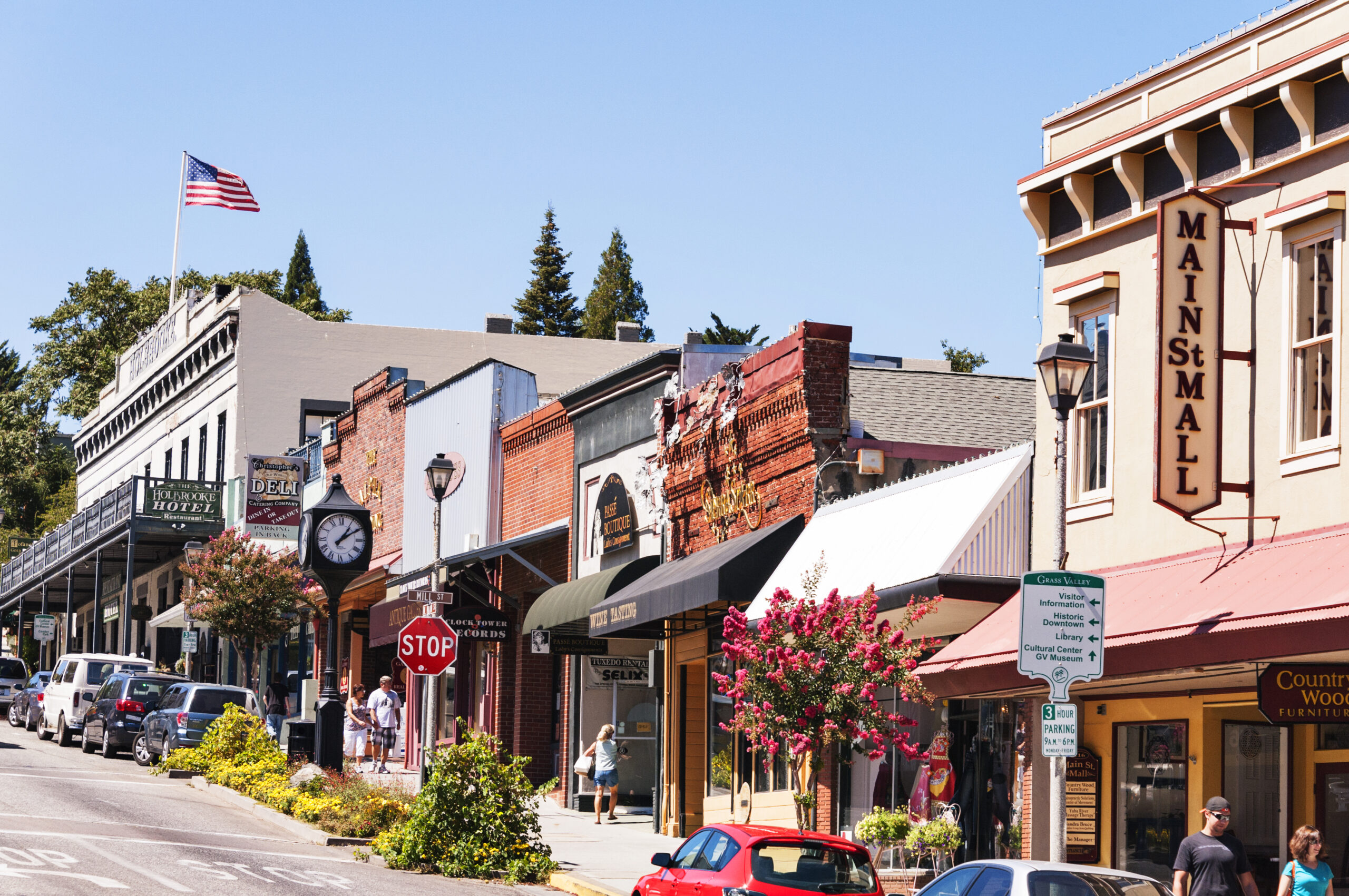Leveraging Port Grant Programs To Maximize Project and Area Development

America’s ports are the lynchpin of the truism that “America feeds the world.” According to USDA statistics, marine ports accounted for over $140 billion in agricultural export value, with a net trade surplus approaching $11 billion. Further, USDA estimates indicate “20% of U.S. farm income is export-driven, powering rural economic activity and supporting more than 1,000,000 American jobs on and off the farm.”
Agricultural commodity exports are largely handled by independent grain merchants that earn their margin by providing services along the entire farm-to-fork value chain—originating sales in rural communities, transporting products to outbound port facilities, and arranging sales to their customers in markets around the globe. Hence, they are required to make significant investments in their port and other logistics facilities. Unfortunately, depressed commodity prices over the last few years have negatively impacted both producers and merchants alike, reducing merchants’ ability to fund greenfield and redevelopment projects at existing and prospective port sites.
While the top 20 ports account for 90% of all ag commodity exports, membership in the top 20 also changes frequently, following the ebb and flow of investments, trade flows, and business fortunes. For smaller city ports, like the Port of Brownsville (POB) in Texas, the impact of port success or failure has an outsized impact on its surrounding communities—as the only deep-water port on the U.S.-Mexico border, POB accounts for over 33% of GDP in the Brownsville- Harlingen Metropolitan Statistical Area. Accordingly, maintaining and attracting customers is a critical function for ports, with the impact of their successes and failures felt by the entire local community.
This fluid situation provides ample opportunity for a forward-thinking port leadership team to make substantive gains in both trade volume and dollars— provided they act decisively. While the Covid-19 pandemic and the resulting economic slowdown has altered the import/export landscape, port leadership teams can help maintain and grow their business by facilitating their customers’ pursuit of incentive programs. Vying for these investment dollars can be competitive, yet they offer excellent opportunities to deliver value for ports, their customers, and their surrounding communities.
One such program is U.S. Department of Transportation’s (USDOT) Port Infrastructure Development Program (PIDP). PIDP, like many other federal and state grant programs, is a “sleeved” or “conduit” benefit program— meaning that the port, as the eligible party/grantee, is merely a vessel for the flow of government dollars to private-sector partners. Therefore, these programs align the port’s and private investors’ interests, ultimately enhancing the capabilities of the port facility, boosting local economies, and creating good-paying jobs.
Moreover, programs like PIDP are infrastructure grants given to ports, and typically mostly used for out-of-water development projects including equipment purchases, building construction and upgrade, and facilitating more efficient, effective, and safe operation of port facilities. The same “fixed landside” infrastructure investment focus was (and is) true for the USDOT TIGER program, the State of Minnesota’s Port Development Assistance Program, and virtually all other similar programs.
For a real-world example of what’s possible, take the aforementioned Port of Brownsville (POB). In October 2020, USDOT notified POB of its successful PIDP application, which landed POB a $14.5M grant to develop, expand, and upgrade the port’s grain elevator, operated by West Plains, LLC, alongside fixed landside, rail, and road improvements. When completed, this hugely beneficial project will allow agricultural exports from a facility that has been shuttered to outflows for 13 years and will redirect trade currently being handled by the Port of Corpus Christi—a massive win for the Brownsville area.
The Prosody Group believes that a robust review of these and other infrastructure incentive programs is especially important now, as 2021 is shaping up to be robust federal incentive environment:
- Politically, infrastructure programs have historically garnered bipartisan support—something of a unicorn in our current political environment.
- The recently enacted FY 2021 Omnibus Appropriations Bill upsized the 2021 PIDP allocation to $230M and USDOT’s overall MARAD program funding by 10%; it also funds existing infrastructure programs like TIGER, BUILD, and others.
Given the plethora of available incentive programs, private enterprises considering port-linked greenfield or redevelopment projects should consider economic development programs to determine whether they fit their funding needs.
Having walked through this process with clients before, Prosody has identified these best practices for a successful pursuit of incentive dollars:
- First, find and retain the best economic development consultants possible. An experienced creative consultant with appropriate resources, client support, and ample lead time can work miracles. With so many dollars and jobs at stake, not to mention the complexity of these programs, management teams that pinch pennies on their pursuit may unnecessarily endanger funding that could make or break a project.
- Second, don’t delay starting your pursuit— time is the one thing you can’t buy. Not only do these programs have rigid (often gated) timing requirements, but in most instances, these dollars aren’t available once a project has broken ground or taken other significant steps.
- Third, put together a compelling project/narrative and work hard to build public and private support for it. Competition for economic development funds promises to be more intense as Covid wreaks havoc on budgets. Building a strong public narrative and utilizing grassroots, media, and key stakeholder support to push the project over the finish line should be viewed as an essential project piece— not just an afterthought, particularly given the important of community support once the project is finished.










